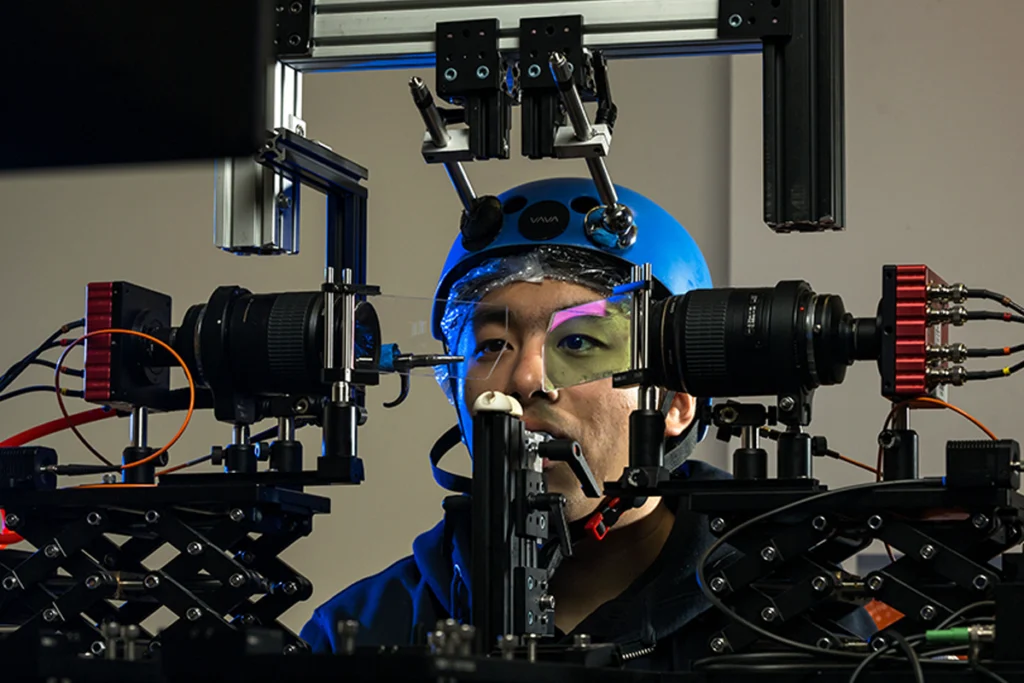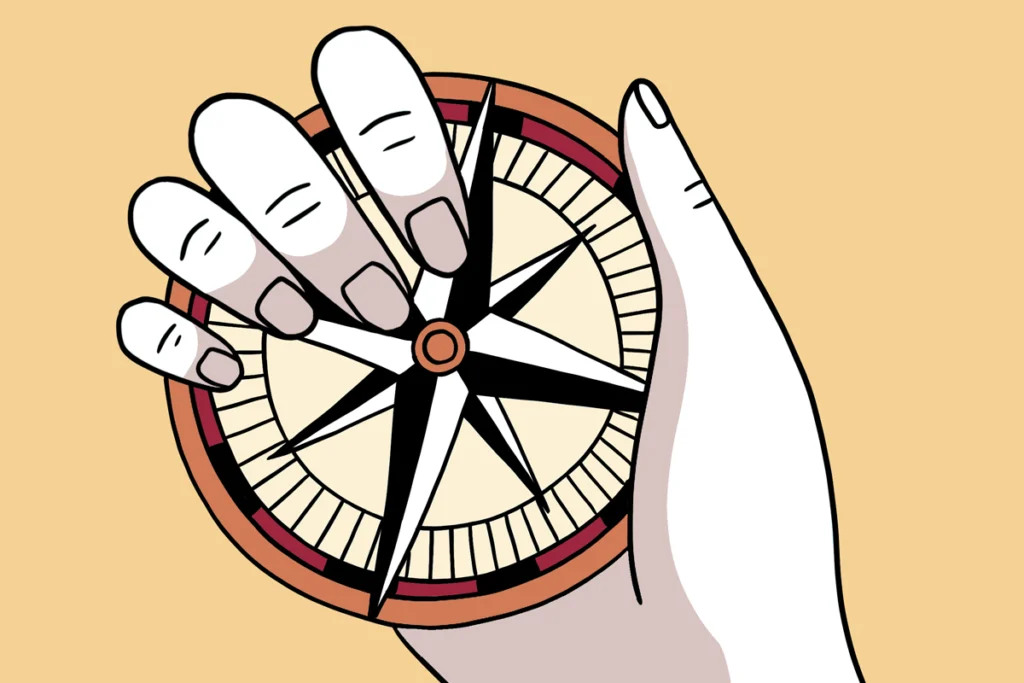Autism climbs family trees
The genetics of autism are far from simple, but thereʼs a lot of evidence that some of the unmistakable signs of autism in a child are often present in the parents. When the child is diagnosed, it can be doubly difficult for that parent to discover that shades of the disorder run in the family tree. Thatʼs the topic of an article in this weekendʼs New York Times.

cdc.gov
The genetics of autism are far from simple, but thereʼs a lot of evidence that some of the unmistakable signs of autism in a child are often present in the parents. When the child is diagnosed, it can be doubly difficult for that parent to discover that shades of the disorder run in the family tree. Thatʼs the topic of an article in this weekendʼs New York Times.
The article goes beyond autism to talk about other disorders ― depression and attention deficit among them ― and points out that sometimes, the childʼs diagnosis can also benefit the parents by finally defining issues they had struggled with through their entire lifetime and getting them the help they need.
In the case of autism, teasing out the genetics is likely to be a long task. There are several projects under way, including the foundationʼs Simons Simplex Collection, in which researchers are collecting DNA samples from families. The goal is to pinpoint variations, whether in the sequence of the genes or in the number of copies of a particular gene, that can be linked to autism.
Explore more from The Transmitter

Visual perception improves in the blink of an eye

